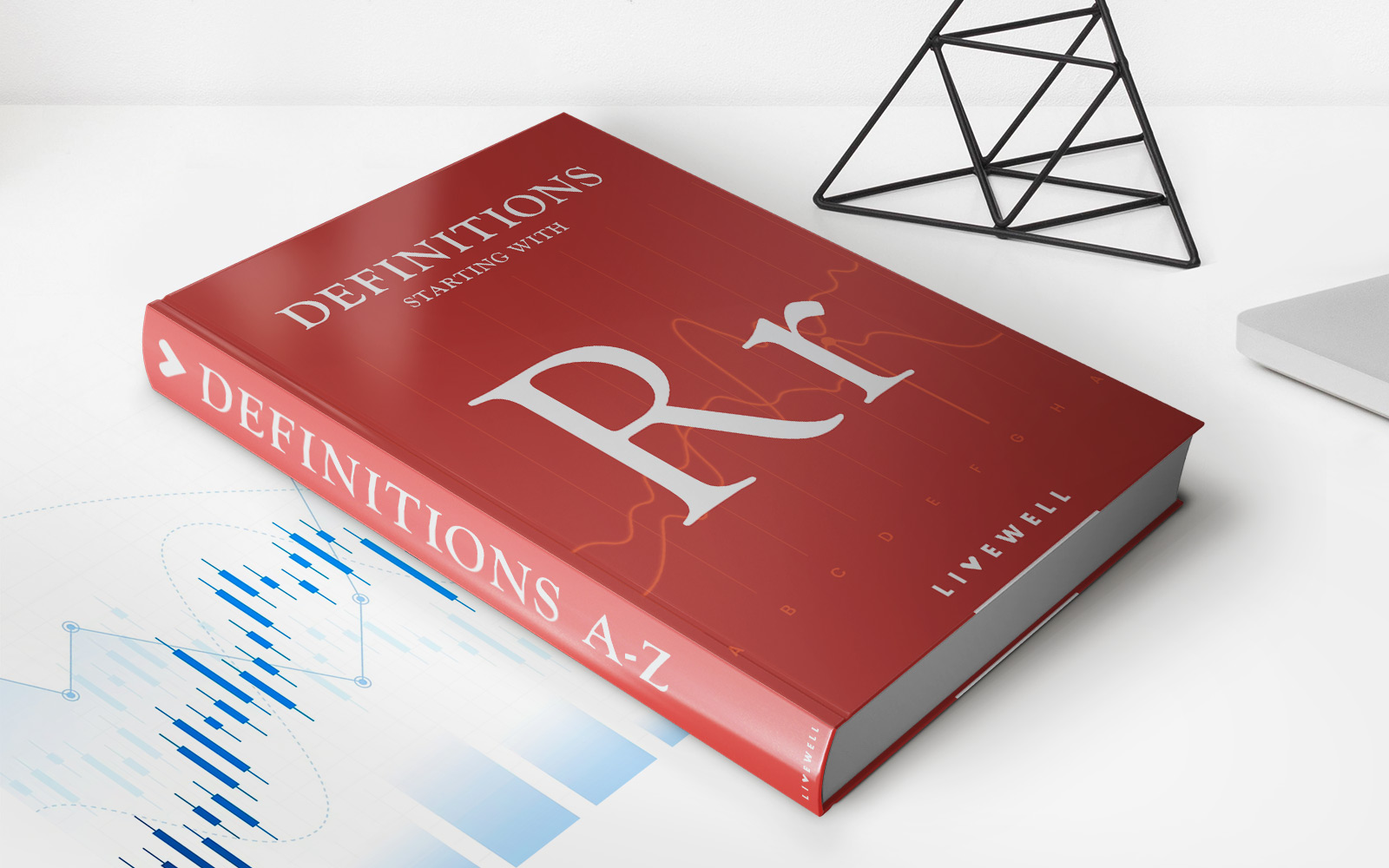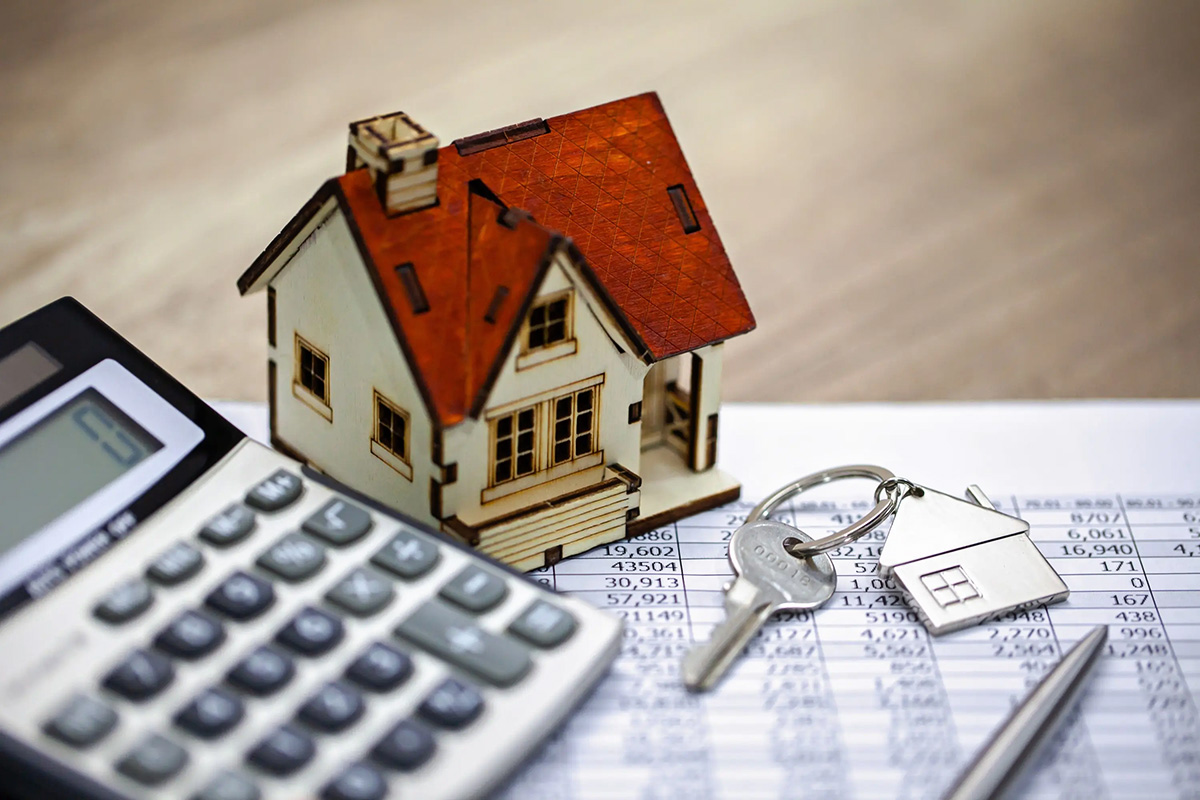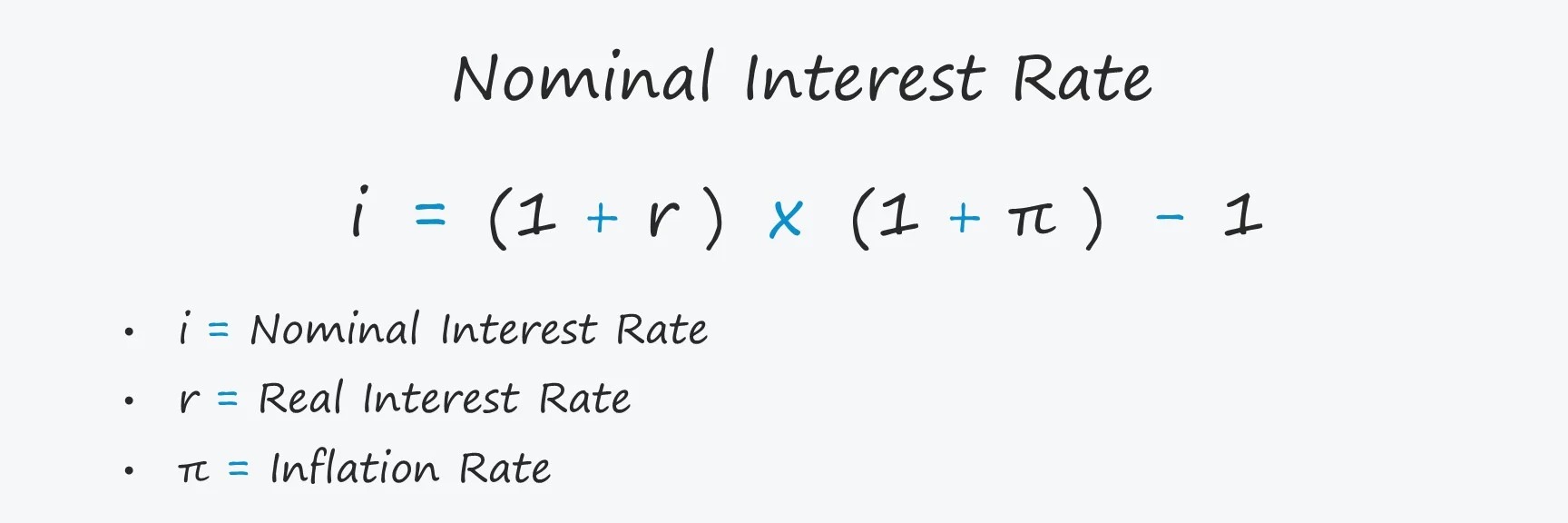Home>Finance>Recovery Rate: Definition And How To Calculate The Percentage


Finance
Recovery Rate: Definition And How To Calculate The Percentage
Published: January 17, 2024
Learn what recovery rate means in finance and how to calculate it as a percentage. Understand the concept and apply it to analyze financial performance.
(Many of the links in this article redirect to a specific reviewed product. Your purchase of these products through affiliate links helps to generate commission for LiveWell, at no extra cost. Learn more)
Recovery Rate: Definition and How to Calculate the Percentage
Do you know what recovery rate is and how it can impact your financial decisions? Whether you are an investor, a lender, or simply curious about financial terms, understanding recovery rate is essential. In this blog post, we will explore the definition of recovery rate and guide you through the process of calculating the percentage. So, let’s dive in!
Key Takeaways:
- Recovery rate refers to the percentage of an investment or loan that can be recovered in the event of default.
- It is a crucial metric used to evaluate credit risk and make informed financial decisions.
What is Recovery Rate?
Recovery rate, also known as salvage rate or default recovery rate, is a financial term used to measure the percentage of an investment or loan that can be recovered when a borrower defaults. When a borrower is unable to meet their financial obligations, the recovery rate determines how much of the outstanding debt can be recovered through mechanisms like collateral liquidation or debt restructuring.
Understanding recovery rate is vital for investors and lenders as it helps assess the credit risk associated with a particular investment or loan. A higher recovery rate implies lower credit risk, making it more attractive for potential investors or lenders. On the other hand, a lower recovery rate suggests higher credit risk, which may discourage lenders or lead to increased interest rates.
Calculating Recovery Rate:
Calculating recovery rate involves a simple formula:
Recovery Rate = (Recovered Amount / Outstanding Debt) * 100
Let’s break it down step by step:
- Determine the amount that has been recovered from the defaulting borrower. This can include the proceeds from collateral liquidation or any debt restructuring measures.
- Calculate the outstanding debt, which refers to the initial amount borrowed or invested.
- Divide the recovered amount by the outstanding debt.
- Multiply the resulting value by 100 to get the recovery rate percentage.
By using this formula, you can easily calculate the recovery rate for any given investment or loan.
Why Recovery Rate Matters:
Recovery rate plays a crucial role in financial decision-making. Here’s why:
- Assessing Credit Risk: Recovery rate helps investors and lenders evaluate the potential downside of investment or loan transactions. It provides insight into the probability of recovering funds in case of default and helps them make informed decisions.
- Benchmarking: Comparing recovery rates across different investments or loans allows for benchmarking credit quality. It enables stakeholders to understand the relative risk involved and make better risk-adjusted returns.
- Regulatory Compliance: Certain financial regulations and frameworks require institutions to assess and disclose recovery rates. Understanding recovery rates ensures compliance with these regulations and helps maintain transparency in financial reporting.
Ultimately, recovery rate is an essential metric that helps in managing and mitigating credit risk, making it a valuable tool for investors, lenders, and financial institutions alike.
Now that you have a better understanding of recovery rate and how to calculate the percentage, you can make more informed financial decisions. Whether you are evaluating an investment opportunity or considering loan options, considering the recovery rate will help you assess the associated credit risk and make sound financial choices.














